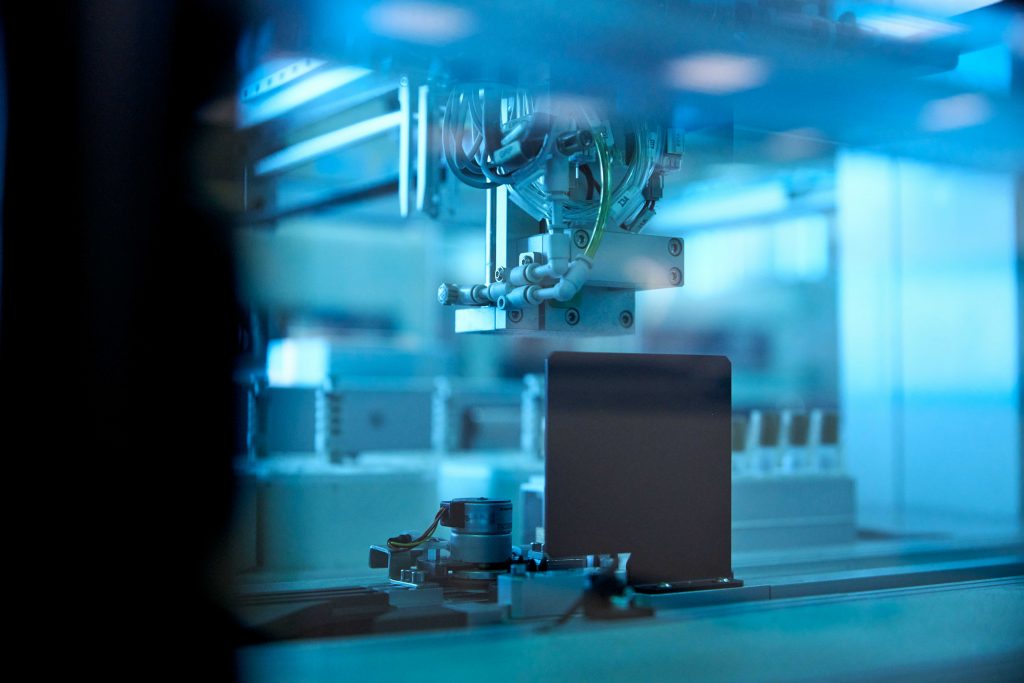When two substances are mixed, the result can be either a solid or liquid. The difference between the two comes down to how the molecules are arranged. In a solid, the molecules are tightly packed together, and in a liquid, they are more loosely arranged. This is why solids have a higher melting point – it takes more energy to break apart all those tightly-packed molecules.
There are three main types of mixing: solid-solid, liquid-liquid, and solid-liquid and the difference between solid and liquid mixing.
Types of mixing

Solid-solid mix
Both substances are in a solid state before mixing in a solid-solid mix. An example would be if you stirred two different colors of candy together. The result would be a new shade of candy that mixes the two original colors.
liquid-liquid mix
Both substances are in a liquid state before mixing in a liquid-liquid mix. An example of this would be if you stirred milk and water together. The result would be a new liquid that is a mix of the two original liquids.
solid-liquid mix
In a solid-liquid mix, one substance is in a solid state, and the other is in a liquid state before mixing. An example of this would be if you stirred sugar into coffee. The result would be a new liquid that is a mix of the two original substances.
The type of mixing can affect the properties of the final product. For example, a solid-solid mix will result in a new solid with properties that are an average of the two original solids. A liquid-liquid mix will result in a new liquid with properties that are an average of the two original liquids. And a solid-liquid mix will result in a new substance with properties that are between the two originals – it will have some properties of a solid and some of a liquid.
Why mix?
There are many reasons why you might want to mix two substances. You might be trying to create a new substance with specific properties, or you might be trying to change the properties of an existing substance.
Some common reasons for mixing include:
- To create a new substance with specific properties
- To change the properties of an existing substance
- To make a substance easier to use
- To make a substance more effective
- To make a substantially less expensive
- To make a substance more durable
- To make a substance more aesthetically pleasing
- To increase the shelf life of a substance
- To make a substance more accessible to store or transport
Conclusion
Mixing two substances can result in either a solid or liquid, depending on the substances’ properties. The type of mixing can also affect the properties of the final product. There are many reasons you might want to mix two substances, including creating a new substance with specific properties or changing the properties of an existing substance.